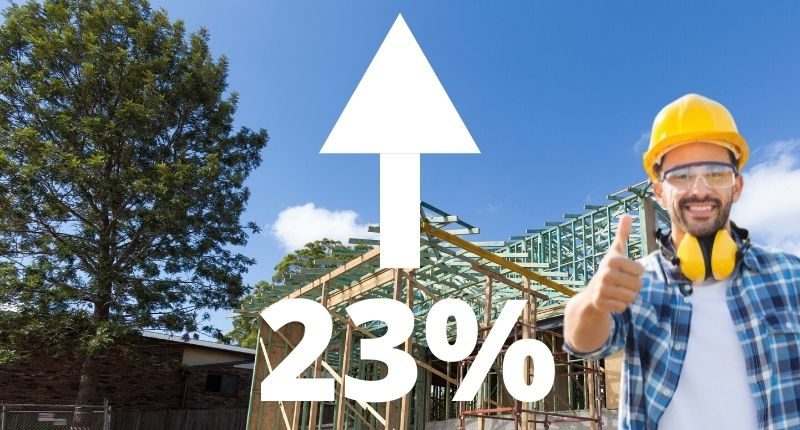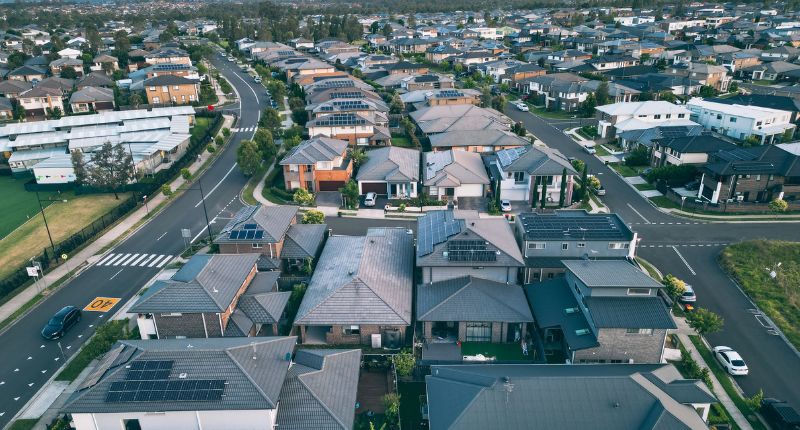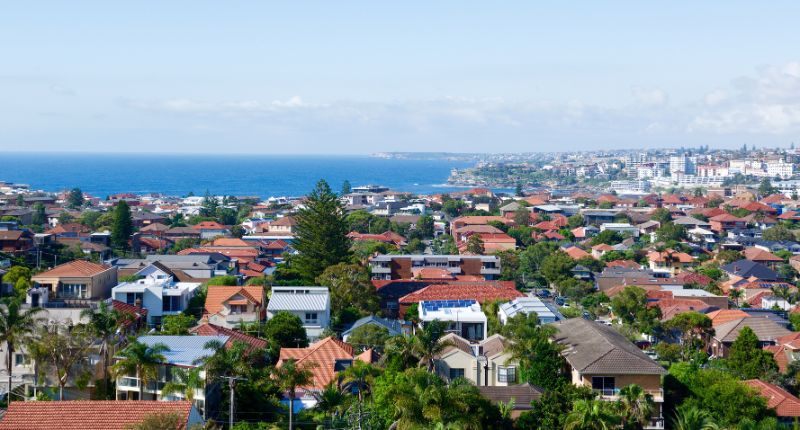- The highest quarter since the series began in 1984
- Factors such as returning expats have fuelled the growth, says PowerHouse CEO
- "We can only hope that this will impact house prices to come back to a stable CPI type gain in future periods," he added
Housing commencements have hit a record high, with data released by the Australian Bureau of Statistics (ABS) today revealing 64,596 dwelling commencements occurred during the June quarter – a rise of 23.2%.
This is the highest quarter of commencement records since the ABS began the dwelling commencement series in 1984.
Pro-rata this rate of growth equates to about 260,000 homes a year – higher than the 234,199 commencements recorded during the 2016 financial year.
Stimulated by HomeBuilder and record low-interest rates, over 212,000 housing starts nationally occurred over the financial year – about 100,000 more than the forecasts originally made early last year.
Nicholas Proud, CEO of PowerHousing Australia – a national independent peak body for large scale social and affordable housing – noted the commencement rise had been influenced by various factors including the return of 700,000 expats.
“Across the capitals and against the world’s longest lockdowns, the Victorian commencements sees them outbuild every other state in FY2021 to contribute to this record activity,” he explained.
“We see that New South Wales and the Sydney activity is picking up momentum in the last quarter with 19,860 commencements compared to their activity earlier in the year.”
South Australia also recorded 13,799 new starts – the highest ever year of residential commencements for the state. Earlier this year, it was revealed that South Australia recorded the most HomeBuilder applications per capita.
The value of total building work declined – albeit by only -0.2% to $30.3 billion

Will this impact house prices?
Despite the result, Mr Proud said various questions need to be answered, such as how long the surge will last and when will the boost in supply support affordability.
“Like praying for rain when in drought, we can only hope that this will impact house prices to come back to a stable CPI type gain in future periods and over time bring some affordability back to a landscape that metaphorically is in an affordability drought,” he said.
“This result also shows that housing policy such as HomeBuilder actually create supply activity and ‘turning the policy sod’ for sustained affordable supply over a longer term period is critical to locking in any gains that should come through.
“The post-COVID-19 and current 2021 Delta lockdown reality impacting low population growth is yet to show impacts on housing affordability even at this heightened activity.
“There is a need to think beyond recent stimulus to focus on a dedicated affordable supply with a lens to balance a situation that we have never faced as a country.”








